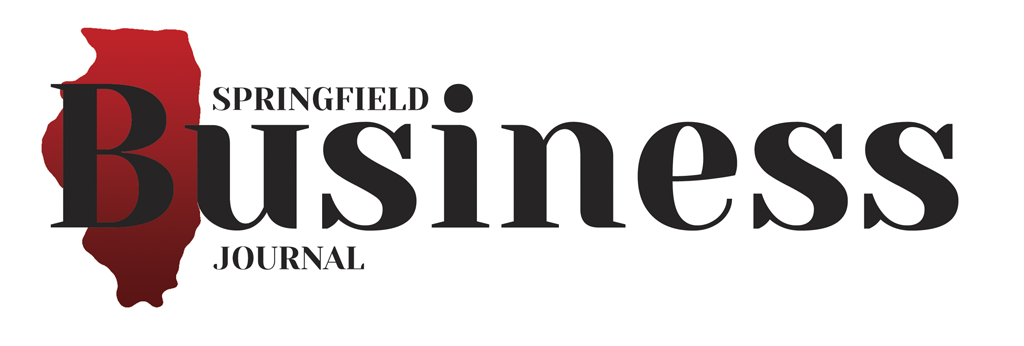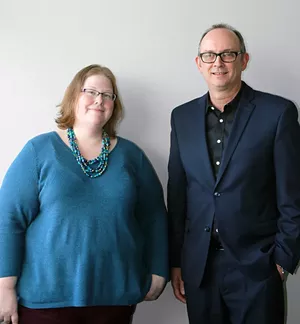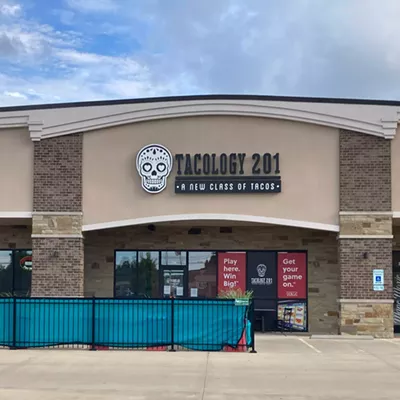By Holly Whisler
Whether your business was deemed essential or non-essential by the state of Illinois during the COVID-19 pandemic, you are no doubt in crisis mode. These are uncertain times and the terrain is unfamiliar. How do you market your business and communicate with your customers during a pandemic?
Mark Butler, director of marketing and creative at Paszkiewicz Marketing, said, “Once the stay-at-home order was announced by Governor J.B. Pritzker it took business people, at minimum, a day or so to decide what they were going to do. Businesses such as restaurants were cut off from their customers completely. Other businesses had to figure out how to go about things remotely.”
Creative services director Ellen Marten commented, “I've definitely seen things shift while I've been in the advertising industry, but our current situation is unique to anything I've worked through. There are still a lot of businesses functioning, but they are functioning differently, and it's an evolving process as we learn more about the virus and strive to do better to combat it.”
First and foremost, marketing needs to be empathetic. The customer needs to know that health and safety is of the utmost concern. Cassandra Ostermeier, strategic marketing director for Systemax, said, “It’s important to empathize with the customer and acknowledge their fears in this time of uncertainty.” As a former small business owner herself, she suggests communicating clearly to let customers know everything that is being done to keep them safe while doing business with you.
Ostermeier said that she and her colleagues at Systemax also noticed how much more time people were spending on social platforms now that they are at home more. “The jump in social media use was up by 50%,” she said. “People are going to Facebook to get news or going to Instagram to get away from the news and see happy pictures.”
Butler and Marten are also advocates of social media, with Butler noting that it is a form of “socially distanced marketing” right now. “Let customers knows you’re still there and keep your services in front of them. In communicating with businesses still functioning, we have advised clients to focus on engaging their customers through social media during this time. This is where knowledge and art come together. How do you engage people and do it effectively?”
Marten explains, “A business trying to connect with their audience will need to inform them of some concrete things, as well as (adopting) a tone that is going to suit your brand. That's a little different for every message.”
As information surrounding COVID-19 changes daily, so may a marketing message need to change in response to those reports. Marten noted, “Marketing needs to be responsive to the moment we're in; today is likely going to be different than tomorrow and next week and next month. That difference could be tangible, like the change between the recommendation to not wear masks moving toward wearing masks, or just the way people are feeling and responding.”
Butler and Marten suggest that clients address two questions: What am I going to market and how am I going to market it? Once those questions are answered, they break down key areas that can be used as social media posts. These posts need to be user-friendly and easy to follow.
As an example, Butler cited Zara’s Collision Center of how one business has adapted to COVID-19 guidelines. “The social media response that we developed with Zara’s Collision












